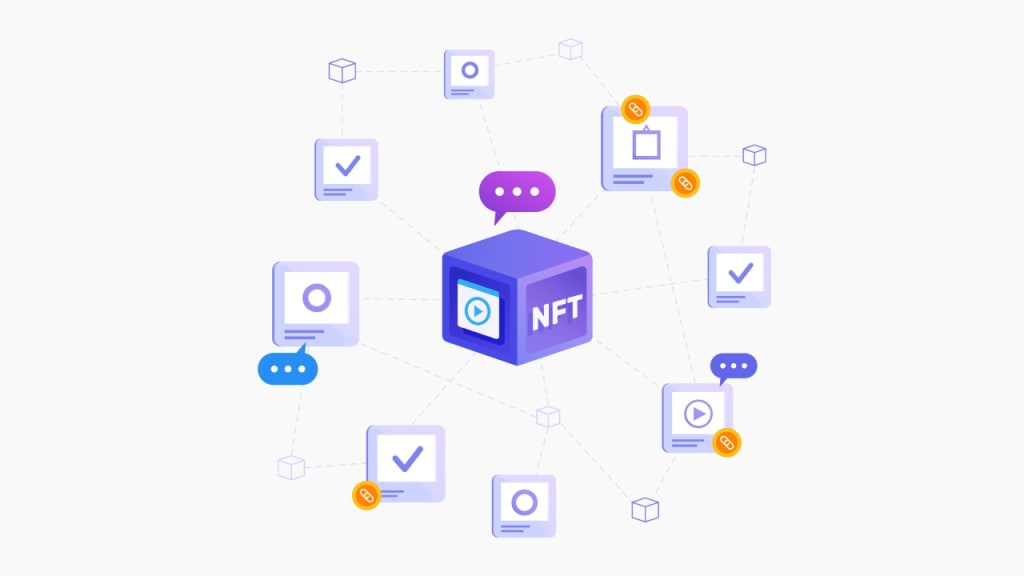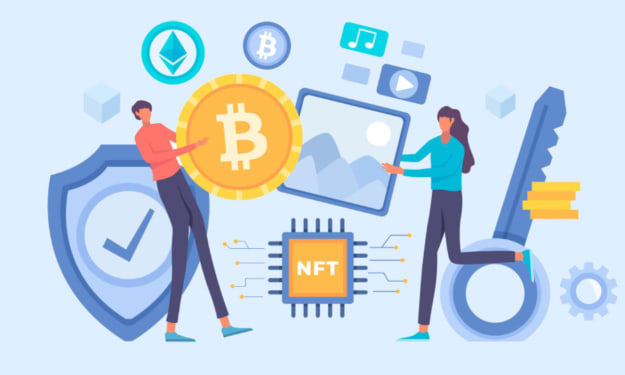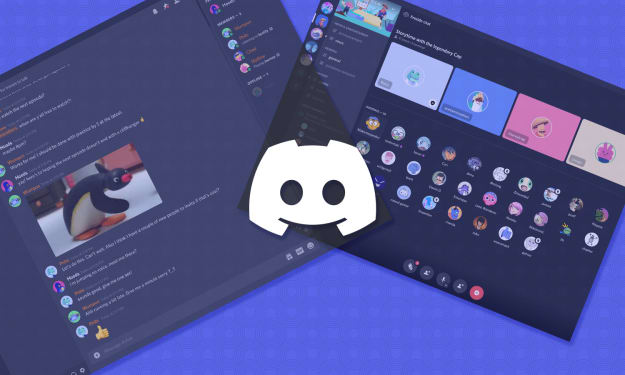Initial NFT Offering Platform: Unlock Early Access To NFTs
Experience the Future of Asset Ownership with NFT Initial Offering Platform

An initial NFT (Non-Fungible Token) offering platform is a decentralized platform that allows creators to launch their own NFTs and sell them directly to buyers. This platform leverages blockchain technology to ensure that NFTs are unique, indivisible, and cannot be replicated, making them ideal for representing digital assets like art, collectibles, and other rare items.
The platform operates as a marketplace where NFTs can be bought and sold, providing a new way for creators to monetize their digital creations and for buyers to invest in unique and valuable digital assets. The platform is designed to be user-friendly, allowing even those with limited technical knowledge to participate.
In an initial NFT offering, creators can launch a limited-time sale of their NFTs, providing an opportunity for buyers to purchase them at a discount. These offerings are similar to initial coin offerings (ICOs) in the cryptocurrency world, and they can generate significant interest and excitement among potential buyers.
Overall, an initial NFT offering platform provides a new and innovative way for creators and buyers to engage in the digital asset space, helping to drive the growth and adoption of NFTs as a new asset class.
What Is Initial NFT Offering?
Initial NFT Offering (INO) is a process through which a creator or an artist can issue and sell their unique digital assets in the form of non-fungible tokens (NFTs). An INO works similarly to an initial coin offering (ICO), where investors can purchase NFTs at a discount during the initial sale period.
The main difference between an INO and an ICO is that while ICOs represent a stake in a project or company, NFTs represent unique digital assets that can take the form of art, collectibles, music, and more. NFTs are stored on a blockchain, which provides immutability and provenance, ensuring that each NFT is one-of-a-kind and cannot be replicated.
An INO is a way for creators to monetize their digital assets and offer them to a wider audience while providing investors with the opportunity to invest in unique and potentially valuable assets. The platform used for the INO typically operates as a decentralized marketplace where NFTs can be bought, sold, and traded.
Overall, INOs are a relatively new and exciting way for artists, musicians, and other creators to monetize their work, and for investors to access a new asset class and invest in unique and valuable digital assets.
Features of Initial NFT Offering Platform
An Initial NFT (Non-Fungible Token) Offering Platform typically has several key features that make it an attractive choice for NFT creators and investors. Some of the most common features are:
- Token creation: The platform should offer an easy-to-use token creation tool that allows NFT creators to create unique and authentic digital assets.
- Marketplace: A built-in marketplace is an essential feature for any NFT platform, as it enables NFT creators to list and sell their digital assets to buyers.
- Wallet: A secure, user-friendly wallet is a must-have feature for an NFT platform, as it enables users to store and manage their NFTs.
- Trading and transfer: The platform should support seamless NFT trading and transfer, allowing users to quickly and easily buy and sell NFTs.
- Compliance: The platform should comply with all relevant laws and regulations regarding NFTs, including anti-money laundering (AML) and know-your-customer (KYC) requirements.
- Community: A strong and active community of NFT creators, buyers, and investors is an important factor in the success of an NFT platform, as it fosters collaboration and the exchange of ideas.
- Analytics and reporting: The platform should provide real-time analytics and reporting tools to help NFT creators and investors understand market trends and track the performance of their NFTs.
- Security: Security is a top priority for any NFT platform, and the platform should have robust security measures in place to protect user data and assets.
- Scalability: As the NFT market continues to grow, the platform should be designed to scale efficiently to accommodate increased demand.
- Technical support: The platform should offer reliable and responsive technical support to help users with any issues they encounter while using the platform.
Benefits of Initial NFT Offering Platform
There are several benefits of using an Initial NFT (Non-Fungible Token) Offering Platform, including:
- Liquidity: An NFT platform provides a marketplace for NFTs, enabling NFT creators and investors to buy and sell their digital assets easily and quickly.
- Accessibility: An NFT platform makes it easy for anyone to invest in and own unique digital assets, regardless of their technical expertise or investment background.
- Authenticity: An NFT platform ensures that NFTs are unique and authentic, as they are verified on a blockchain network, providing a secure and tamper-proof record of ownership.
- Transparency: NFT platforms provide a transparent and secure platform for buying, selling, and trading NFTs, giving investors confidence in the value of their investments.
- Fractional ownership: NFT platforms allow for fractional ownership of digital assets, enabling investors to invest in high-value assets that may otherwise be out of reach.
- Increased exposure: An NFT platform provides a platform for NFT creators to showcase their work to a wider audience, increasing their exposure and potentially driving demand for their NFTs.
- Revenue generation: An NFT platform provides NFT creators with a platform to monetize their digital creations, generating revenue from the sale of their NFTs.
- Diversification: An NFT platform allows investors to diversify their portfolios with unique and valuable digital assets, providing an alternative investment opportunity.
- Decentralization: An NFT platform operates on a decentralized blockchain network, providing a secure and transparent platform for buying, selling, and trading NFTs without intermediaries.
- Community: An NFT platform fosters a community of NFT creators, buyers, and investors, providing opportunities for collaboration, networking, and the exchange of ideas.
How To Launch The Initial NFT Offering Platform?
Launching an NFT (Non-Fungible Token) offering platform involves several steps, here is a general overview:
- Conduct market research: You need to understand the NFT market, the existing players and their offerings, the demand for NFTs, etc. This information will help you position your platform in the market and identify potential customers.
- Define your platform's proposition: Decide what type of NFTs you want to offer and what makes your platform unique.
- Choose the technology stack: Decide on the technology that you will use to build the platform, such as blockchain, smart contract development framework, etc.
- Create an MVP (Minimum Viable Product): Start by building a basic version of your platform, which includes the core functionality of buying and selling NFTs, as well as a backend that tracks ownership and transactions.
- Implement security measures: It is essential to secure your platform and the NFTs being traded on it. This may include measures such as two-factor authentication, encryption, and smart contract security audits.
- Onboard creators and curators: To build a vibrant NFT ecosystem, you need to onboard artists, musicians, writers, etc. who will create NFTs and offer them for sale on your platform. You also need to onboard curators who will help with the selection and promotion of NFTs.
- Launch the platform: Once the platform is ready, launch it and start promoting it. Reach out to potential customers, NFT creators, and curators and invite them to join the platform.
- Monitor and evaluate: After the launch, monitor and evaluate the platform's performance and user feedback. Based on the feedback, make improvements and add new features.
These are the general steps involved in launching an NFT offering platform. The actual process may vary based on your specific requirements and the technology stack you choose.
Conclusion
An Initial Non-Fungible Token Offering platform is important to consider, as they provide a final opportunity to summarize key points and emphasize the significance of this emerging technology.
First and foremost, NFTs have the potential to revolutionize the way we think about digital ownership and scarcity. By assigning unique digital assets with a verifiable ownership history, NFTs can provide a new level of trust and certainty in the online world.
In conclusion, an Initial NFT Offering platform has the potential to change the way we think about digital ownership, provide new monetization opportunities for creators, and offer a new investment option. It is important to approach this technology with caution and a critical eye, but also to keep an open mind to the exciting possibilities it may bring.
About the Creator
Angelika Candie
Blockchain Analyst & Technical Content Writer
Enjoyed the story? Support the Creator.
Subscribe for free to receive all their stories in your feed. You could also pledge your support or give them a one-off tip, letting them know you appreciate their work.






Comments
There are no comments for this story
Be the first to respond and start the conversation.